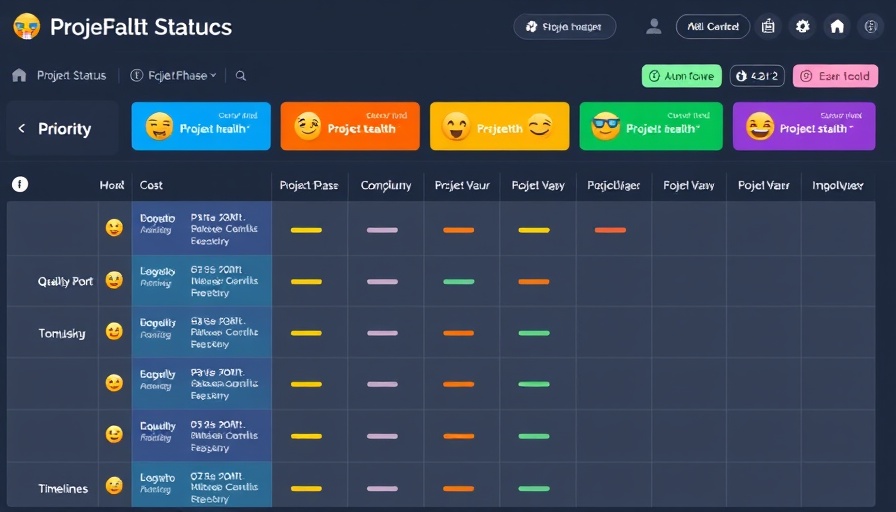
The Power of a Solid Creative Brief
In today's competitive landscape, a well-crafted creative brief acts as the North Star for marketing campaigns. For businesses generating between $2M–$10M in revenue, investing effort into developing a concise yet detailed brief can significantly enhance project outcomes and drive effective branding. A recent study by the Association of National Advertisers revealed that 82% of clients and 79% of agencies consider clarity in objectives crucial to producing high-quality creative work. Yet, far too often, briefs are treated as mundane paperwork rather than essential frameworks for success.
What's in a Creative Brief?
Understanding the makeup of a successful creative brief can illuminate its significance. According to ANA EVP Stephanie Fierman, a solid brief should begin with a measurable objective that everyone agrees upon. Think of it as your project's ultimate goal—your KPIs that establish the campaign's direction. Moreover, defining the target audience is critical; instead of merely stating demographics, delve deeper into the psychographics. This nuanced view allows for better engagement with the actual 'emotional tribe' your brand aims to attract.
Decoding Length: Not Too Long and Not Too Short
In the quest for a perfect brief, finding the right length is paramount. The ANA emphasizes maintaining a “tight” brief. But what does that mean? Fierman suggests considering factors such as the existing relationship between the client and agency, available supporting documents, the novelty of the project, and the complexity of the competitive environment. For instance, a first experience in experiential marketing may warrant a more extensive brief compared to a series of digital campaigns that have followed.
Must-Have Elements for a Dynamic Versatile Brief
Beyond the measurable objectives and audience definition, certain elements should consistently appear in any effective creative brief:
- Key Benefit: Clearly articulate the product or service's key functional benefits. Why should customers care?
- Reason to Believe: This emotional hook empowers customers to connect with the brand. What makes this offering special?
- Brand Personality and Tone: The creative tone should resonate with the desired audience, reflecting the brand’s unique voice.
- Deliverables: Clearly state what is expected, including media usage, budget constraints, timelines, and any legal considerations.
Creating an Engaging Briefing Experience
Finally, remember that the briefing experience itself is a crucial component of the entire process. While it’s common for the client to draft the brief, an inclusive discussion with the agency can prompt valuable insights and foster collaboration. This teamwork can ultimately shape a stronger creative output, ensuring that both parties are aligned in vision and execution.
Take Action for Better Marketing
Incorporating these essentials into your creative briefs can transform how your team approaches marketing. Putting focus on defining objectives, acknowledging audience complexities, and fostering collaboration not only drives creativity but aids in overall demand generation and customer acquisition strategies.
By instilling a culture that values strong briefs, businesses can expect enhanced outcomes from marketing efforts, leading to a richer brand experience for their customers. Don't wait—start re-evaluating your creative briefs today to unlock new heights of innovation and engagement!
 Add Row
Add Row  Add
Add 



Write A Comment